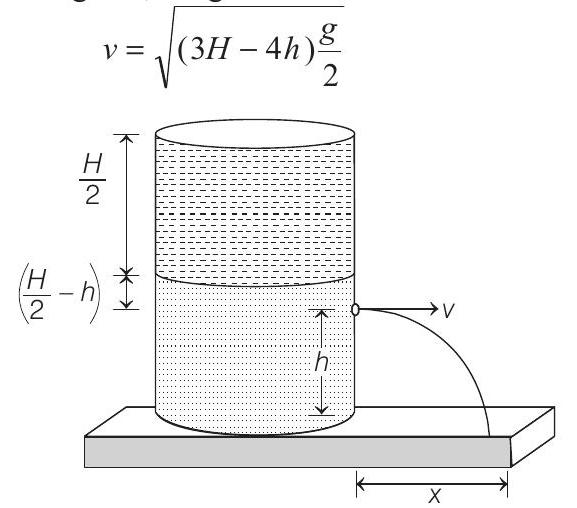Properties of Matter 3 Question 8
14. Consider two solid spheres
(2016 Adv.)
Show Answer
Answer:
Correct Answer: 14. (a) (i)
(ii)
Solution:
- (a) (i) Considering vertical equilibrium of cylinder Weight of cylinder
(ii) Considering vertical equilibrium of two liquids and the cylinder.
- weight of cylinder
Now, weight of cylinder
Weight of upper liquid
Weight of lower liquid
or
(b) (i) Applying Bernoulli’s theorem,
Here,

(ii) Time taken to reach the liquid to the bottom will be
(iii) For
Therefore,
The maximum value of






